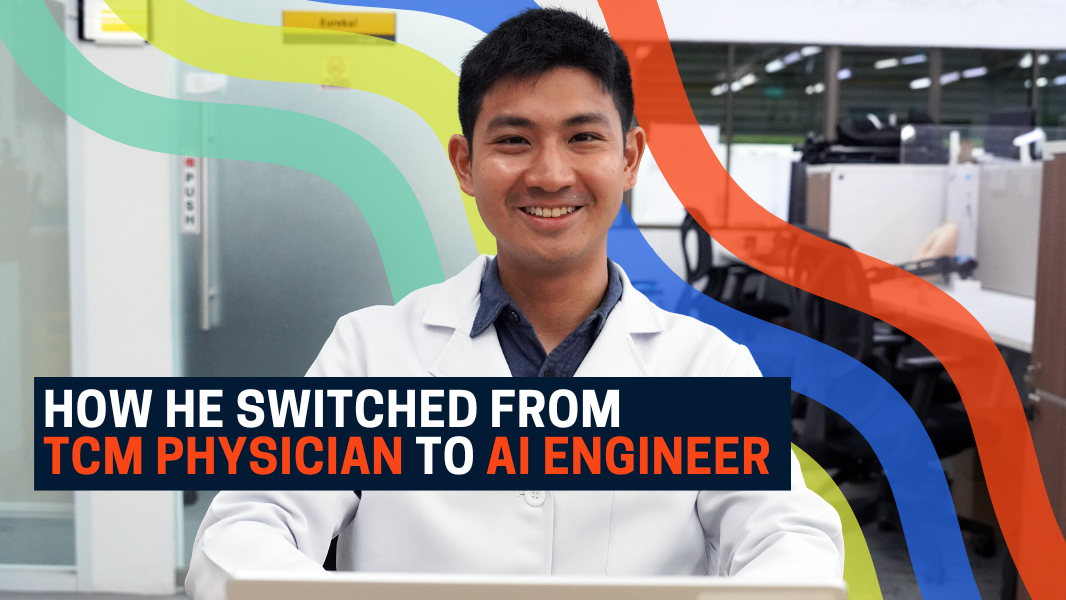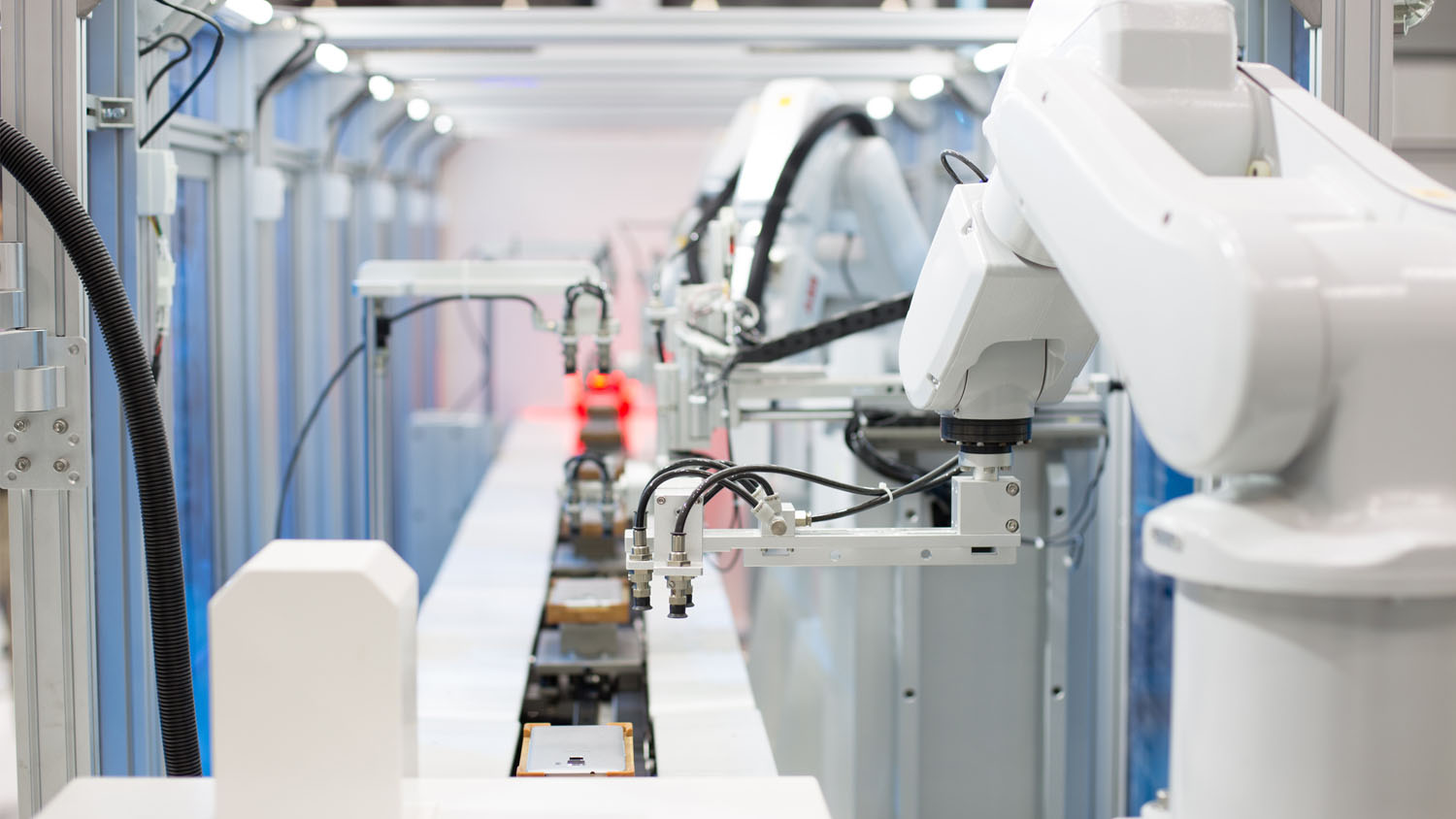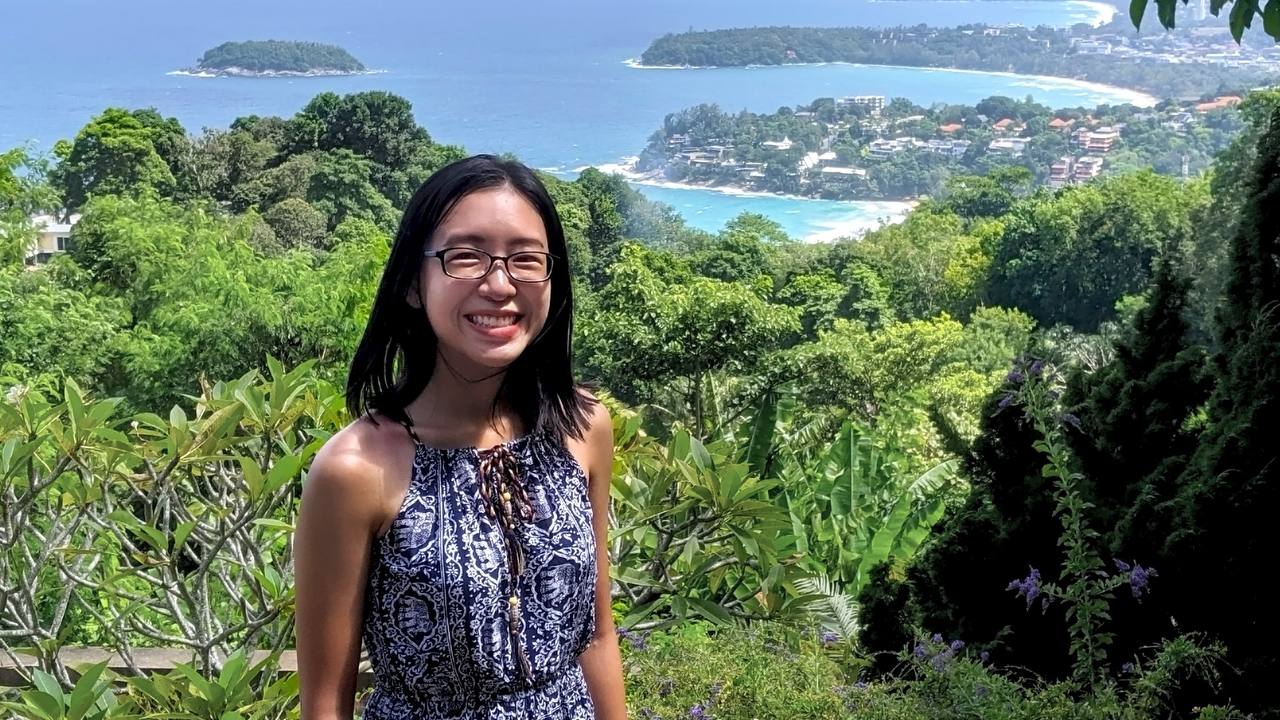From meridian points to machine learning
Wed, 06/18/2025 - 12:00
This TCM physician successfully pivoted to AI engineering at a medtech startup.
Once focused on traditional healing practices and meridian points as a Traditional Chinese Medicine (TCM) physician, Benjamin Leong now works with computer vision datasets and machine learning models to help patients receive more accurate diagnoses.
The two fields might seem like worlds apart. But in his current role a biomechanics and artificial intelligence (AI) engineer at medical technology startup Carecam, Ben’s goal remains the same: improve human health and wellbeing.
His journey was not straightforward, but with determination, strategic learning, and support from SGInnovate’s Talent Programme, PowerX, he made a successful leap into Deep Tech. We speak to Ben to find out how he did it – and what folks looking to move into tech roles can learn from his experience.
Q: What does your role as a biomechanics and AI engineer involve, and what draws you to this work?
My role at Carecam spans the entire AI development spectrum. I work on everything from data annotation and model training to post-processing and optimisation. One of the projects I’m currently working on involves projecting our gait analysis output into 3D space. Being able to observe joint angles, walking styles, and biomedical alignments in three dimensions provides a lot of value in the medical field.
What I find most rewarding about my work is that I stand at the intersection of different stakeholders – technical teams, medical professionals, business leaders, and even regulatory experts. While this can be challenging, successfully communicating ideas across these different groups and integrating their insights into a product can be very fulfilling.
 Carecam’s gait analysis software.
Carecam’s gait analysis software.
 3D visualisation of the gait analysis that Ben worked on.
3D visualisation of the gait analysis that Ben worked on.
Q: When did you realise you wanted to pivot to AI engineering?
My interest in technology started during my undergraduate studies. I was pursuing a double degree in biomedical science and Chinese medicine at Nanyang Technological University, and there was a biostatistics module that required some programming.
I decided to complete my TCM qualification first and get my professional license. Once I started working as a TCM physician, I realised I had the bandwidth to pursue my growing interest in technology and that’s when I enrolled in a part-time computer science degree programme.
The turning point came during a final-year project where I built a stock prediction tool using recurrent neural networks. These AI models captured long-term dependencies in time series data and made predictions about stock price movements. Even though no one can predict stocks with perfect accuracy, the fact that I could train a model to analyse patterns and make informed predictions was incredibly interesting and fun.
READ: Going behind-the-scenes in a MedTech startup for a 6-month internship to create lasting impact
Q: What challenges did you face when trying to make the career switch, and how did SGInnovate’s Talent Programme help?
I was applying through job portals and government platforms, but I struggled to progress beyond second or third-round interviews with most companies. I suspect partly because my computer science degree was from a private university since I studied part-time, which may not have carried as much weight as degrees from more prestigious institutions.
I first heard about SGInnovate’s Talent Programme, PowerX, from a colleague in the TCM clinic where I was working. He suggested I look into their programmes since I was interested in transitioning to tech. What attracted me to the programme wasn’t just that they connected me with companies that fit my unique skill set in both fields of medicine and technology, but that they had a structured approach to career development. The whole process from application to final interview was well-coordinated, and took only two to three weeks.
The programme monitored my progress over a year and ensured I was growing and learning. We were given time to pursue additional training programmes outside of work hours to continue developing professionally. The programme managers also followed up with supervisors, with regular check-ins every quarter, to ensure we were given meaningful responsibilities that would help us grow.

Ben with the team from CareCam.
Q: How has your previous experience as a TCM physician helped in your current role?
I can easily communicate with healthcare professionals because I understand medical terminology and the way clinicians think about problems.
However, coming from the clinical industry required me to adapt to a different working style. As a TCM physician, I was used to a patient-facing role where I would see someone for 20 to 30 minutes, provide treatment, and move on to the next patient. In my current role, I am given projects with long-term goals that require me to think about time management, resource allocation, and project planning. Learning to work with to-do lists and project deadlines took me some time to get used to.
My mentors have given me a lot of advice. On the technical side, I work closely with (Carecam’s Chief Technology Officer) Raman who helps me understand concepts, implement applications, and manage projects. Business mentorship from (CEO) Elson and (Vice President) Robert has also helped me understand the “why” behind what I am doing, and foresee how technical developments will create business value. In a startup, you’re not just called on to implement and develop – you need to think about how your work fits into broader commercial goals.
Q: What advice do you have for others wanting to pivot into tech?
Consider what you enjoy doing. Tech is such a broad industry with many different fronts. When I was pursuing my computer science degree, I had opportunities to explore AI projects and software engineering. But there are so many other areas you can dive into now – such as cybersecurity, cloud computing, and generative AI. Hands-on projects help you understand what you genuinely enjoy building, and guide where you should focus your time and energy.
It's not an easy switch, especially if the required skill sets are unfamiliar territory for you. But if it’s something you truly enjoy doing, you should take the step and try it. The worst that can happen is it doesn’t work out, but at least you’ll know you tried.
Find out more about SGInnovate’s PowerX programme here.
Trending Posts
- Keeping satellites safe: How CYSAT Asia 2026 is tackling space cybersecurity
- The future of fusion energy: What will it take to bring the power of the stars to earth?
- How an aerospace engineer charted a path to quantum technology
- Scaling nanomaterials is challenging — Meet the startup with a hybrid solution
- Surveying Singapore's early-stage emerging tech startup landscape






